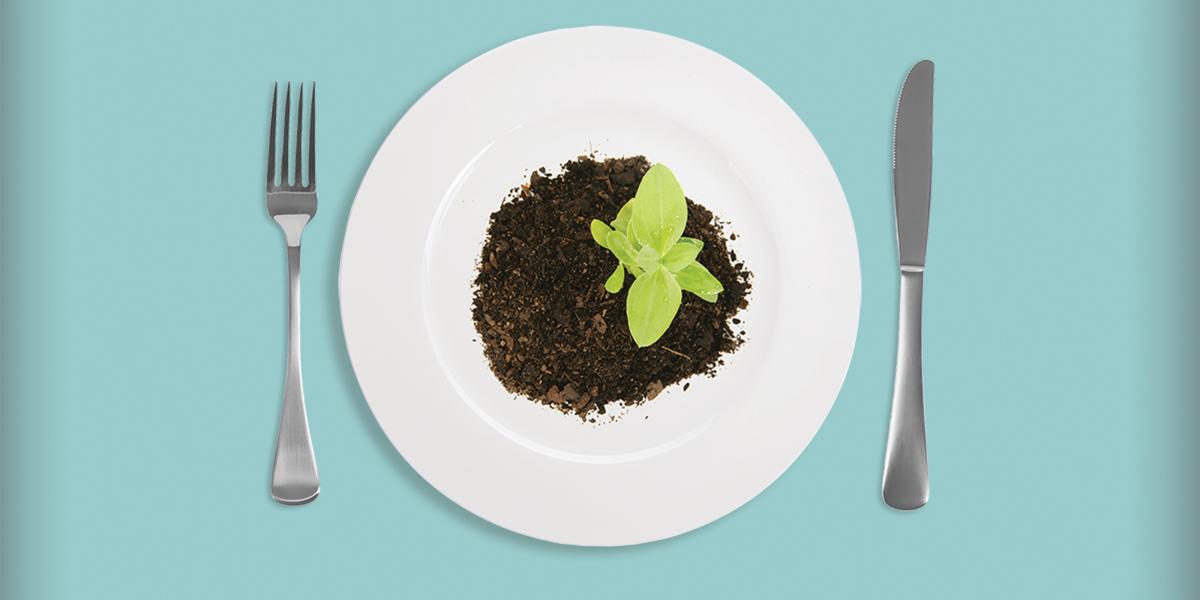Bountiful Baltimore
One person’s weed is another’s edible treasure.
If you’ve ever plucked a mulberry from a city tree, you are officially a forager.
Humans have eaten wild plants and fungi for hundreds of millennia, while we’ve farmed for only about 13,000 years.
The Johns Hopkins Center for a Livable Future, in partnership with the U.S. Forest Service, is studying Baltimore foragers—who they are, which foods they gather and where they harvest. Recruited from foraging events, Facebook, natural food stores, faith-based organizations and festivals, they’ve collected almost 100 respondents.
Anecdotes suggest foraging may be particularly important for certain ethnic groups, says Keeve Nachman, PhD ’06, MHS ’01, principal investigator on the study. That’s because any number of culturally important ingredients—such as mugwort among Korean-Americans, or a salty, tangy “weed” known as purslane, or, in Spanish, as verdolagas—may be easier to find in nature than in the supermarket.
Dandelion and wineberry are the most popular foraged species among Baltimore respondents, says Colleen Synk, an MSPH candidate and lead author of the study. “Health and nutrition seem to be important reasons that people forage,” she says, “but the No. 1 reason given is that it’s fun.”
With this study, the authors hope to provide foundational data about the benefits of foraging and identify best practices for foragers to avoid harvesting food from contaminated soil. For example, harvesting plants from wooded areas with no history of industrial activity may present minimal risks, while a site previously occupied by a dry cleaners or gas station might require rethinking.
